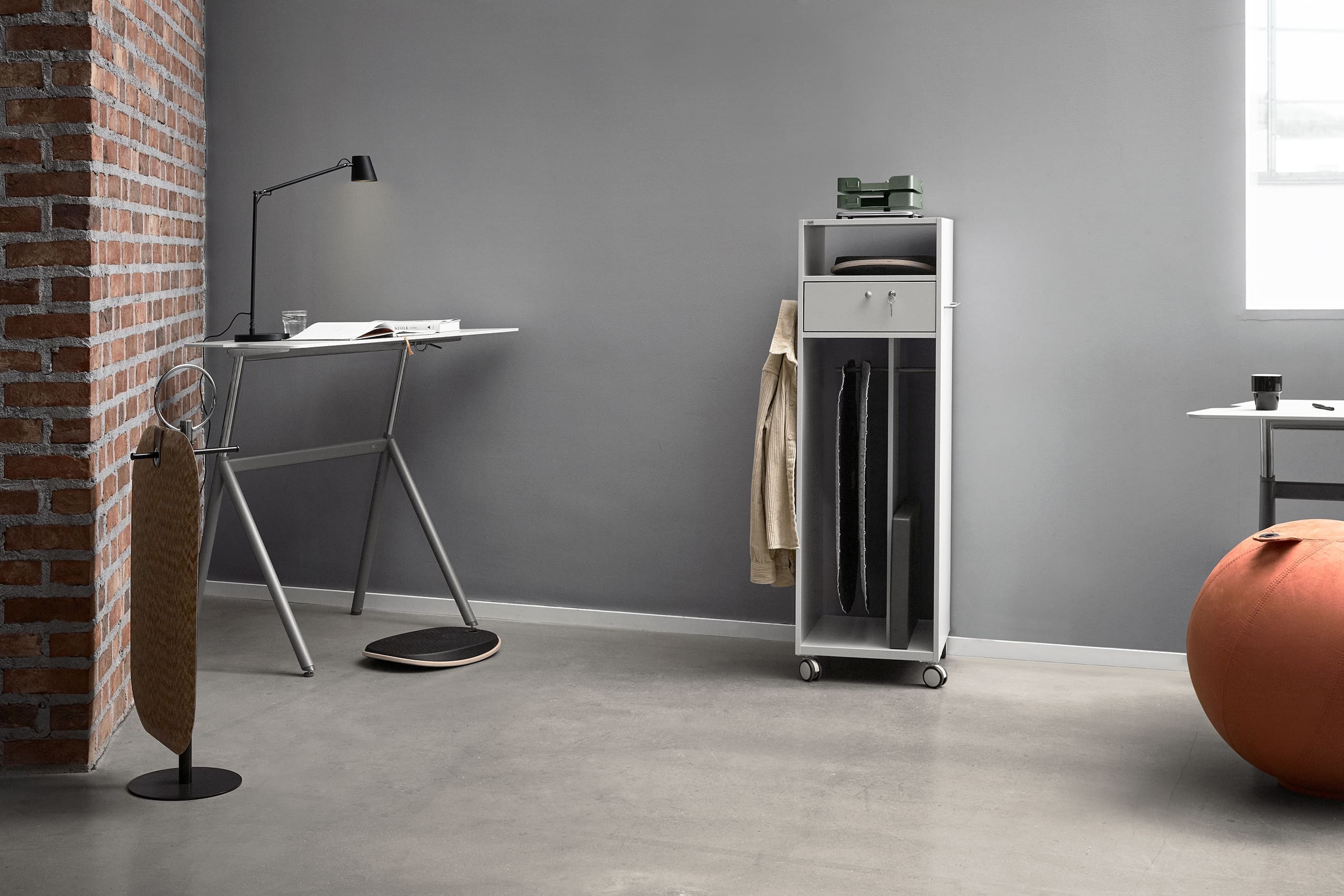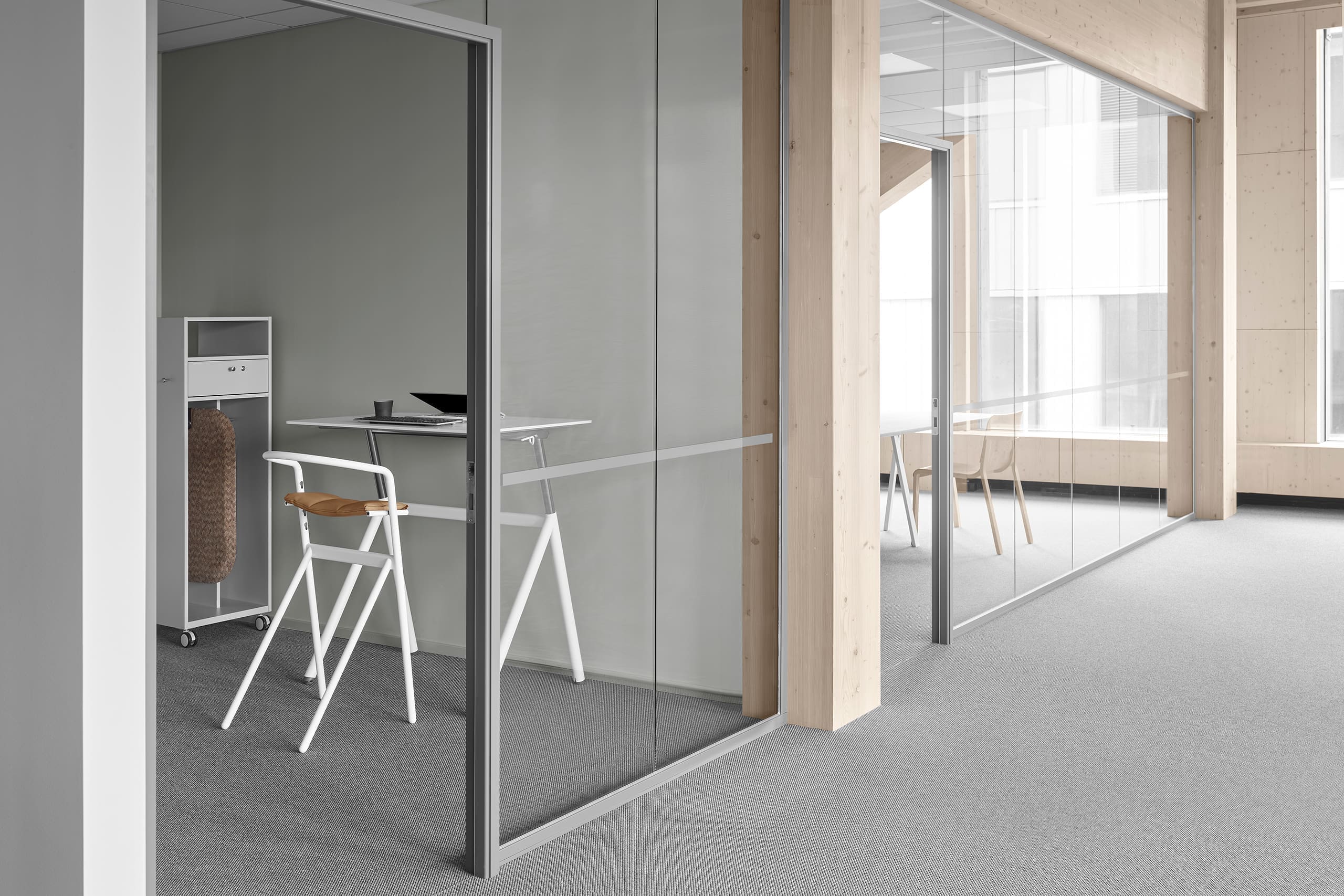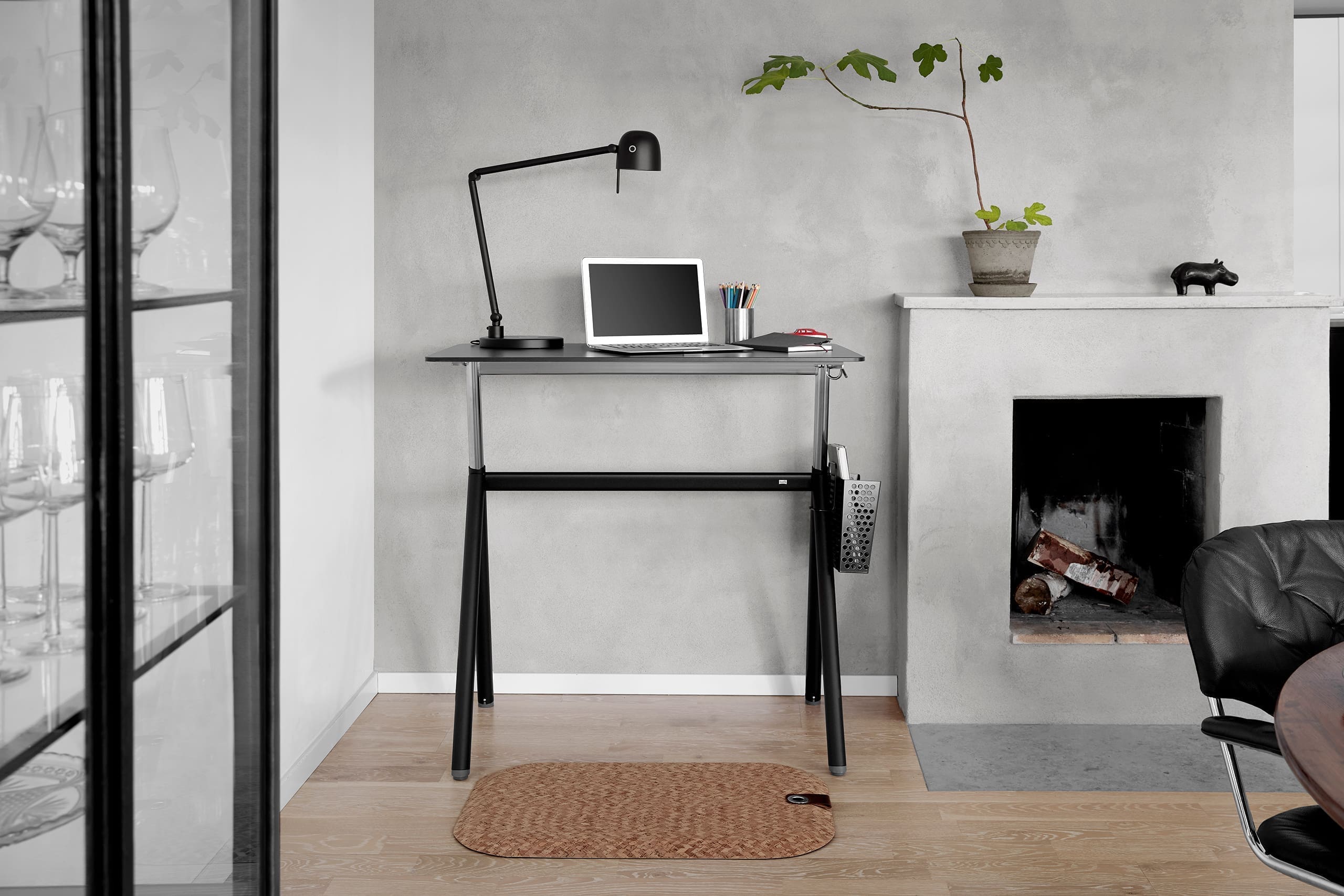MATTING INTERIOR
För den kreativa och hållbara människan
Matting Interior sätter alltid hälsa och välbefinnande i första rummet. Vi har under våra 50 år samlat på oss stor erfarenhet och kunskap. Vår vision handlar om den hållbara människan. Vi vill att arbetsmiljöerna vi vistas i varje dag – på kontoret, på hemarbetsplatsen, i skolan – ska möjliggöra att vi kan vara aktiva, allt för att bidra till kreativa och hållbara människor. Med nästa generation för ögonen sätter vi stort fokus och värde på vårt hållbarhetsarbete.
Välkommen
till vårt showroom på Studio B3
NYHET
StandUp DESK 1200
Bord & tillbehör
Våra höj- och sänkbara bord utan el finns i flera modeller, storlekar och färger. Borden höjs och sänks enkelt, snabbt och ljudlöst med en gasfjäder via spaken på sidan. Design Dan Ihreborn.
belysning
Bra ljusförhållanden minskar risken för onödiga besvär som huvudvärk, ont i nacke och axlar.
BordsSkärmar
Ljuddämpande och avskiljande bordsskärmar när du behöver lite extra lugnt eller avskildhet på kontoret. Med öljett som gör att du kan hänga upp skärmen då den inte används.
Förvaringsmöbler
Förvaring och krokar för den aktiva arbetsplatsen. Designade för det aktivitetsbaserade kontoret, co-working spaces och offentliga miljöer, för att underlätta förvaring av StandUp-produkter.
Ståmattor
Fördelarna med att variera sig och att stå upp och jobba under delar av dagen är många. Blodcirkulationen ökar, du blir piggare och mer produktiv och dessutom får du bättre hållning. En ståmatta ger en god belastningsergonomi vid stående arbete, den är både dämpande och avlastande.
Golv & mattskydd
Skyddar golv och mattor från slitage och nedsmutsning. Golvskyddet passar utmärkt vid arbetsplatsen för att skydda golvet från slitage av kontorsstolens hjul och kan också göra att hjulen rullar smidigare.
Galleri & Inspiration

Skrivbord StandUp DESK
StandUp ACTIVE BALANCE BOARD
StandUp HANGER
StandUp ACTIVE STORAGE
BALANCE sittboll

Skrivbord StandUp DESK
StandUp ACTIVE STORAGE
StandUp CHOICE stol

Skrivbord StandUp DESK
MULTIBASKET förvaringskorg
NEOS Z/X skrivbordsbelysning
StandUp CORK
